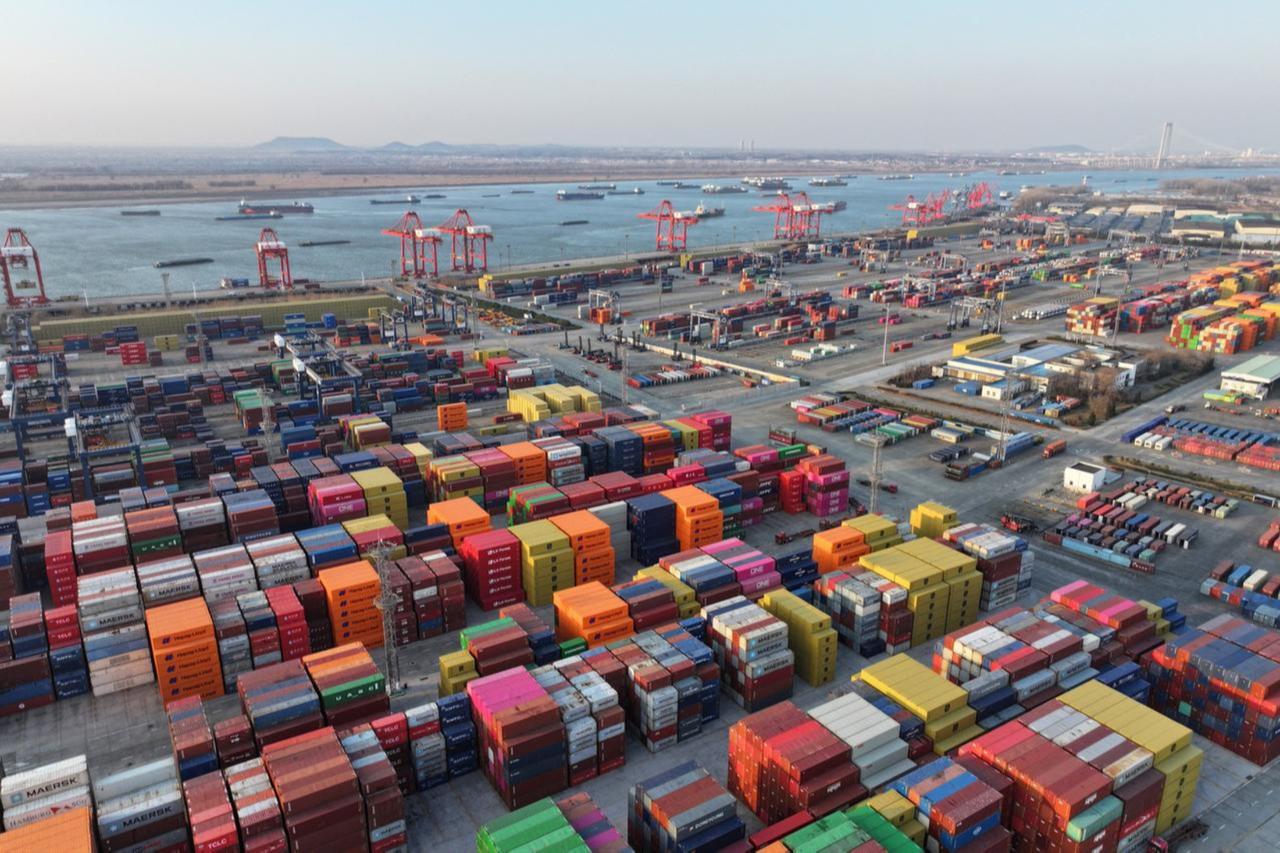
The White House has released details of a new trade and economic agreement reached between U.S. President Donald Trump and Chinese President Xi Jinping during talks in South Korea this week, outlining steps to ease tariff tensions, restore market access, and enhance cooperation on drug control.
Described by Washington as a framework that safeguards U.S. economic strength and national security, the deal includes China’s commitments to lift restrictions on critical mineral exports, halt the flow of fentanyl-related chemicals to North America, and restore access for U.S. agricultural products to the Chinese market.
According to the fact sheet, under the agreement, China will suspend the global implementation of its new export controls on rare earths and related materials, which are crucial for semiconductors, electric-vehicle batteries, and defense systems.
It will issue general export licenses for rare earths, gallium, germanium, antimony, and graphite—effectively rolling back the restrictions introduced in April 2025 and October 2022.
Beijing also agreed to suspend all retaliatory tariffs imposed since March 4, 2025, covering a wide range of U.S. agricultural products, including chicken, wheat, corn, cotton, sorghum, soybeans, pork, beef, aquatic goods, fruits, vegetables and dairy products.
As part of the deal, China pledged to purchase at least 12 million metric tons of U.S. soybeans during the final two months of 2025, and at least 25 MMT annually from 2026 through 2028.
The country will also resume imports of U.S. sorghum and hardwood logs.
China will also take new steps to block the shipment of designated precursor chemicals used in fentanyl production to North America and will tighten export controls on similar substances globally.
In addition, Beijing will suspend or remove all non-tariff countermeasures against the United States since March 2025, including delisting American firms from its "unreliable entity" and "end-user" lists.

The agreement includes provisions to allow the resumption of trade from Nexperia’s facilities in China, ensuring that production of critical legacy chips can continue for export markets.
Nexperia, a Netherlands-based chipmaker owned by China’s Wingtech Technology, has been at the center of a diplomatic and supply chain dispute after the Dutch government took control of the company in September 2025, citing security concerns.
In October, the firm’s Dutch parent halted wafer supplies to its Chinese plant in Dongguan, prompting China to impose export restrictions.
The new U.S.–China agreement now paves the way for resuming trade from Nexperia’s Chinese facilities, easing pressure on global car and electronics manufacturers dependent on its legacy chips.
China will also terminate ongoing investigations targeting U.S. companies in the semiconductor supply chain—including antitrust, anti-monopoly, and anti-dumping probes—and lift measures it imposed after Washington launched a Section 301 investigation into China’s maritime, logistics, and shipbuilding sectors.
Sanctions placed on certain shipping entities will be withdrawn.
Furthermore, China extended its market-based tariff-exclusion process for U.S. imports until Dec. 31, 2026, allowing continued exemptions for American goods.
In return, the United States will reduce tariffs on Chinese imports that were imposed to address fentanyl-related trade measures by removing 10 percentage points from the cumulative rate, effective Nov. 10, 2025.
Washington will maintain the suspension of higher reciprocal tariffs on Chinese goods until Nov. 10, 2026, keeping a 10% baseline rate during this period.
It will also extend the expiration of certain Section 301 tariff exclusions, originally due to lapse on Nov. 29, 2025, through the same date in 2026.
The U.S. will suspend for one year, starting November 10, 2025, both the interim rule expanding end-user controls to affiliates of listed entities and the responsive actions related to the Section 301 maritime investigation.
Negotiations with Beijing will continue under the same legal framework, alongside coordination with South Korea and Japan on reviving American shipbuilding capacity, the fact sheet added.